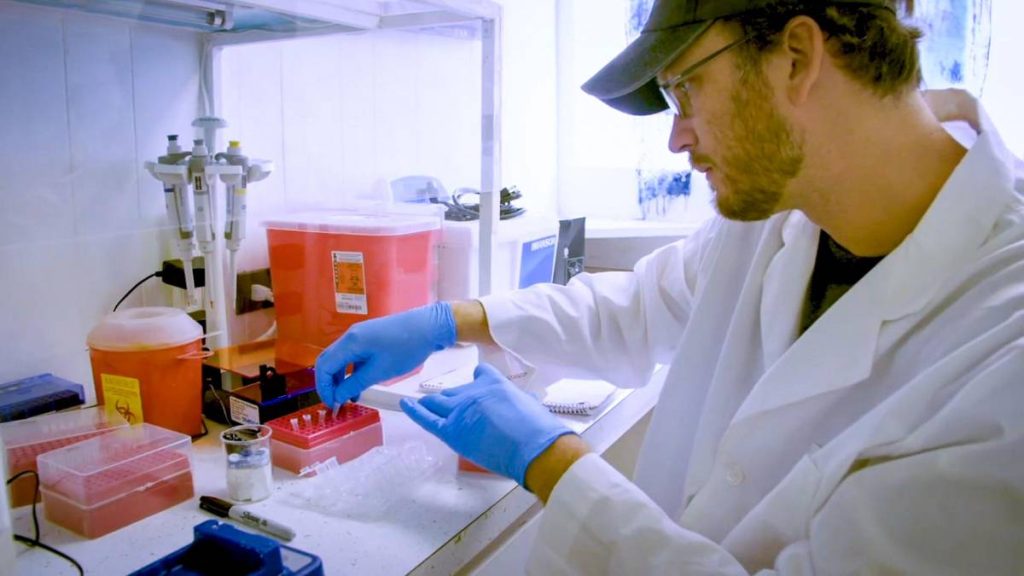Rat Lungworm Disease Target of Multi-Pronged Research
A University of Hawaii at Hilo professor is working preventing disease in Big Island rats.
Say what?
This particular disease, however, is caused by the rat lungworm, which in its later stages can have a devastating effect on humans who are exposed to the disease through a complex process involving first rodents and then slugs and snails.
Sue Jarvi, an associate professor at the university’s Daniel K. Inouye College of Pharmacy, is testing a rat lungworm vaccine being developed by a scientist in Spain for use on humans.
Jarvi is testing whether the vaccine will prevent rats from developing the disease known by the scientific name Angiostrongylus cantonensis.
The rat lungworm is a parasite, the adult form of which is found only in rodents. They pass the larvae stage in their feces, which are eaten by slugs and snails.
If a human should eat the slugs or snails infected with the parasite – say in underwashed lettuce or other vegetables – they can develop the disease.
One of the most common carriers of the disease on the Big Island is known as a “semi-slug” for the vestigial partial shell it carries on its back.
While some people with mild cases might not be aware they have been infected, in others it can cause a type of meningitis marked by headache, stiff neck, tingling or painful feelings in the skin.
In severe cases it can cause coma and extensive nerve damage.
The parasite typically eventually migrates to a human’s central nervous system and the damage it causes depends on the path it takes.
If Jarvi is successful, the vaccine could conceivably be used as aerial bait to prevent rats from developing the disease, which in turn would lower the risk for people.
That research includes surveying the island for “hotspots” of the disease.
Another facet of her research involves diagnosing the disease, which is a difficult task.
“There currently is no really good diagnostic test on the island,” she said.
The current method involves a spinal tap which must be sent to the mainland for analysis.
Jarvi is hoping to identify DNA from the parasite. If successful, then the blood of those who might be infected could be tested for that DNA.
She and her colleagues at the pharmacy school have also developed a book designed to educate second-graders about the threat of rat lungworm disease.
The portion of her research working with rats is currently on hold because it involves a federal lab closed by the government shutdown.















